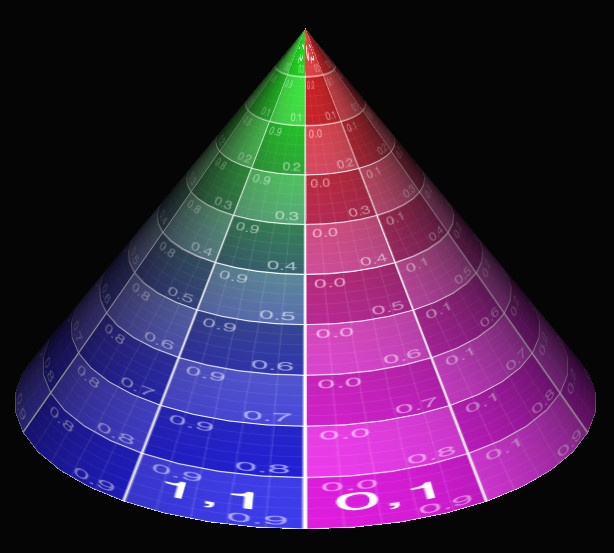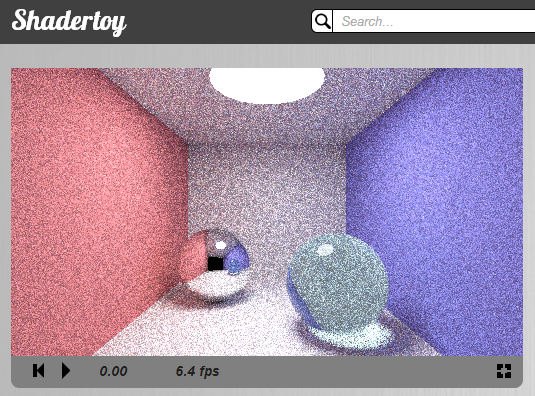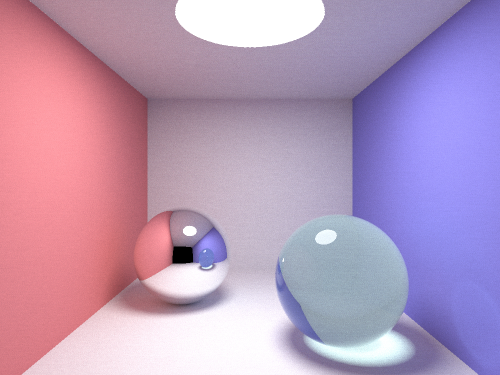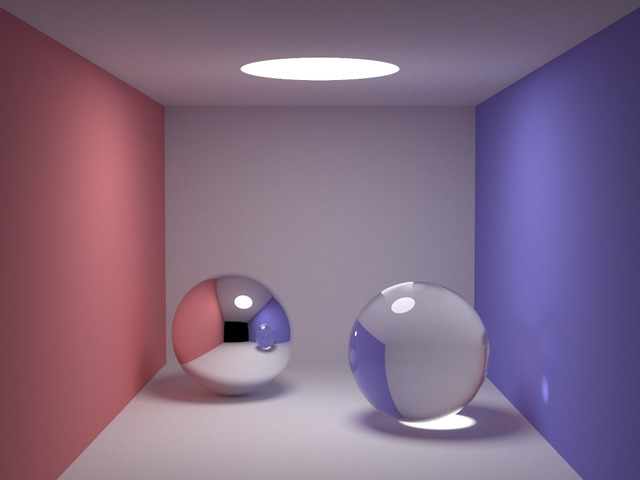This paper, published by Martin Lambers in the Journal of Computer Graphics Techniques, compares different mappings between sphere and disc, and between disc and square. It is worth noting that the source code is available on the publication page.
Mappings between Sphere, Disc, and Square.
Abstract:
A variety of mappings between a sphere and a disc and between a disc and a square, as well as combinations of both, are used in computer graphics applications, resulting in mappings between spheres and squares. Many options exist for each type of mapping; to pick the right methods for a given application requires knowledge about the nature and magnitude of mapping distortions.This paper provides an overview of forward and inverse mappings between a unit sphere, a unit disc, and a unit square. Quality measurements relevant for computer graphics applications are derived from tools used in the field of map projection, and a comparative analysis of the mapping methods is given.




